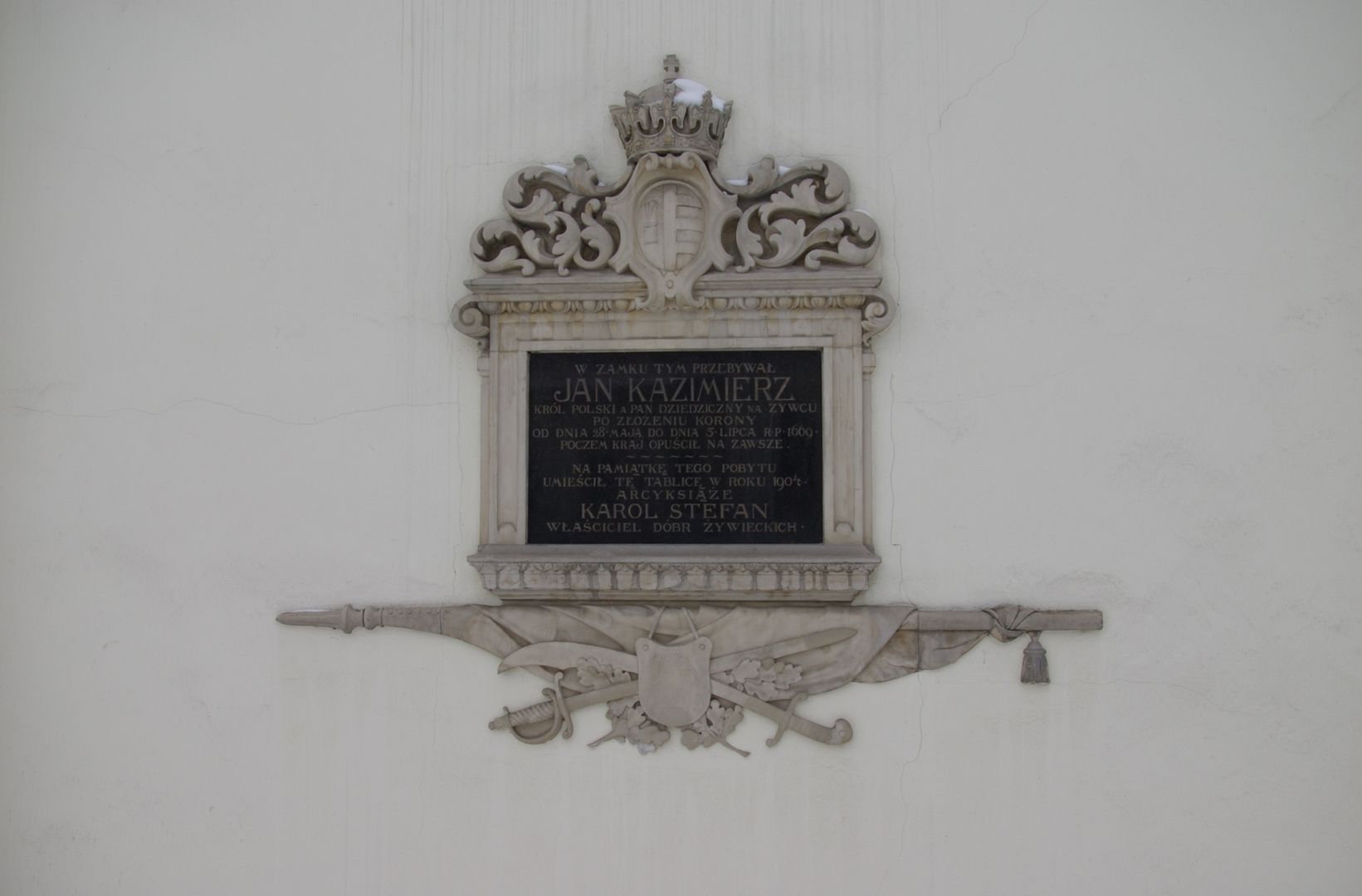The Old Castle in Żywiec
7.56

Overview
The Old Castle in Żywiec, most likely built in the 15th century, is one of the region's most significant historical monuments. Initially associated with the Dukes of Oświęcim or Mikołaj Strzała, its earliest fortifications may have been constructed following the destruction of the Komorowski family's fortress. Although early studies attributed the castle's origins to the 1470s, archaeological discoveries suggest it might be even older. In 1465, the castle became the property of King Casimir, and shortly afterward, it was acquired by the Komorowski family, who began its expansion in the 1470s.
During the 16th century, the castle underwent several phases of development, including a Renaissance-style renovation that gave it a more representative character. Modern research has brought to light various architectural elements of the castle, such as its arcaded courtyard and two-story towers. In the 17th century, the castle was plundered, and in the 18th century, it was expanded by the Wielopolski family, who added new amenities, including stables, a park, and a new wing.
In the 19th century, the castle passed into the hands of the Habsburgs. After a fire in 1870, it underwent extensive renovation. Throughout the 20th century, the castle served as the seat of various institutions, and since 2005, it has housed the City Museum of Żywiec. The museum's collections, including ethnographic exhibits, are an important part of the local cultural heritage.
In 2008–2009, archaeologists uncovered the foundations of one of the demolished towers, and in 2014, representatives of the Habsburg family relinquished their claims to the castle. The Castle in Żywiec is not only an example of fascinating architecture but also a place rich in history, attracting tourists and culture enthusiasts for centuries.
Location
Tickets
Powered by GetYourGuide
2025 Wizytor | All Rights Reserved